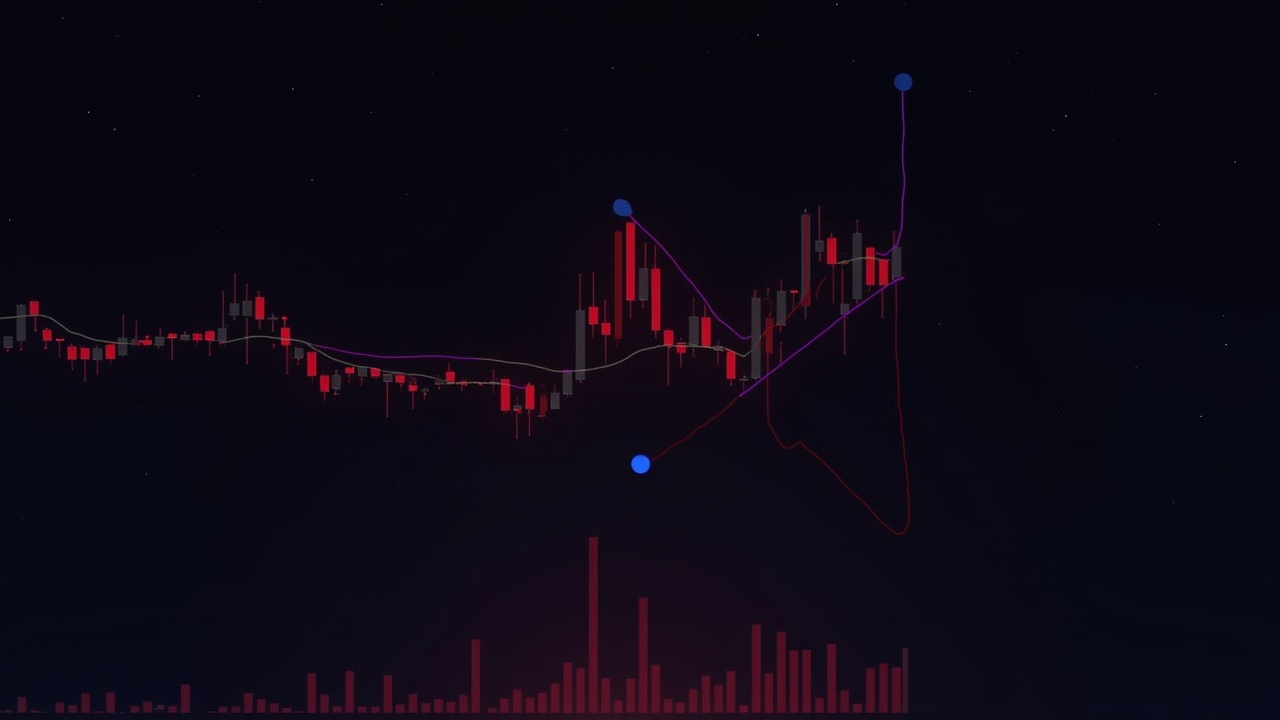Cardano’s ADA is at a critical technical juncture, with its price anchored around the key $0.50 support level. This zone has become a decisive pivot point that could determine the asset’s short-term direction, creating significant implications for traders and institutional investors alike.
The Battle at a Key Support Level
Currently, ADA is testing a crucial support level that has historically triggered bullish reversals. Analysts note that the price has been trading within a disciplined parallel channel, repeatedly bouncing from the $0.52 – $0.50 zone to higher resistance levels. This level is not just technical; it carries substantial psychological weight for market participants.
However, the broader technical backdrop remains cautious. The price is below its 20-day moving average, and indicators like the RSI frequently hold below 50, pointing to a persistent bearish bias. Despite weakening bearish pressure on the MACD, the overall picture suggests a vulnerable consolidation phase rather than a strong recovery.
Conflicting Signals from Whales and the Crowd
Beneath the surface of the price action, a fascinating divergence is occurring. On one hand, data reveals that large holders, or “whales”, have been aggressively accumulating ADA during this downturn. In one notable four-day period, whales absorbed 348 million tokens valued at over $204 million, marking one of the most significant accumulation spikes this year. This kind of strategic positioning by high-net-worth investors often precedes potential bullish reversals.
On the other hand, retail investors appear more reserved. Metrics like the Money Flow Index (MFI) show a continuous decline, signaling that smaller traders are not injecting fresh liquidity. This divergence creates a precarious balance, where institutional conviction meets retail caution, keeping the price in a narrow range.

The Paths Ahead: Scenarios and Catalysts
The market’s next move hinges on whether ADA can defend its current support, with two primary scenarios emerging.
In a bullish scenario, holding the $0.50 support is the first step toward a recovery. The initial resistance to overcome is near $0.60, followed by more substantial liquidity walls in the $0.63 to $0.68 range. A confirmed break above this zone, especially with strong volume, could open the path toward $0.70 and potentially even $0.90. Catalysts for such a move could include successful network upgrades like the Phalanx update, which promises to reduce settlement times by 30%, or growing institutional interest.
Conversely, a bearish breakdown would be swift and pronounced. A confirmed break below $0.50 would invalidate the current bullish structure and risk triggering liquidation cascades—a succession of forced sales that amplify price declines. This could quickly drive the price toward the next reference levels at $0.40 or even $0.35. Such a move would likely widen bid-ask spreads, cause worse execution for institutions, and curb short-term accumulation strategies.
For traders and treasury desks, the immediate focus should be on volume confirmations and how order flow interacts with the $0.50 psychological threshold. The key is to monitor whether the growing institutional accumulation can overpower the current selling pressure and lackluster retail sentiment.


